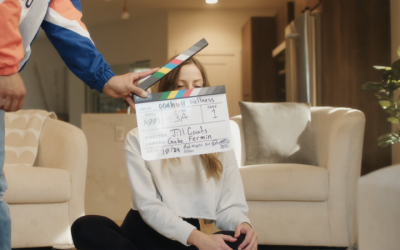For many pet owners, having a dog undergo surgery can be a stressful experience. After a successful procedure to repair a torn cruciate ligament, the focus quickly shifts to what happens next: recovery at home. Those searching for information on canine cruciate ligament surgery recovery are often looking for practical advice and realistic expectations to help their furry friends heal comfortably and safely in a familiar environment.
The Initial Days After Surgery
The first few days following surgery are critical for setting the tone of your dog’s recovery. During this period, your pet may be groggy or disoriented due to anesthesia. It is essential to provide a quiet, comfortable space where your dog can rest with minimal disturbances. Restricting movement is crucial; jumping, running, and climbing stairs should be avoided to prevent injury to the healing ligament.
You may notice some swelling, bruising, or minor bleeding at the incision site. Keeping the area clean and monitoring for signs of infection, such as redness, oozing, or foul odor, is vital. If any concerning symptoms develop, contact your veterinarian promptly.
Managing Pain and Medication
Pain management is a top priority during canine cruciate ligament surgery recovery. Your veterinarian will likely prescribe pain medications and possibly antibiotics. Administer all medications as directed, and never give your dog human painkillers, as they can be toxic to pets. Watch for signs of discomfort, such as whining, restlessness, or changes in appetite, and keep your veterinarian informed of your dog’s progress.
Activity Restriction and Mobility Support
Limiting activity is essential to protect the repaired ligament. Most veterinarians recommend strict crate rest or confinement to a small room for the first few weeks. When it is time for bathroom breaks, always use a leash, and support your dog’s hindquarters with a sling or towel if needed. Gradually, your veterinarian will guide you in increasing activity as your dog heals.
Key considerations for mobility and safety include:
• Using non-slip mats or rugs to prevent slipping
• Blocking off stairs or elevated furniture
• Supervising all outdoor trips
Physical Therapy and Rehabilitation
Rehabilitation often plays a significant role in a successful recovery. Around two to three weeks after surgery, your veterinarian may suggest gentle range-of-motion exercises or refer you to a canine physical therapist. Controlled exercises, such as short leash walks and passive stretching, can help restore strength and flexibility. Never begin any exercise program without veterinary approval.
Nutrition and Weight Management
Proper nutrition supports healing and helps prevent complications. Maintaining your dog at a healthy weight reduces stress on the recovering joint. Your veterinarian may recommend a specific diet or supplements to promote joint health. Avoid overfeeding, as reduced activity can quickly lead to weight gain.
Monitoring Progress and Follow-Up Care
Regular follow-up appointments are essential for assessing healing and making necessary adjustments to your dog’s recovery plan. Keep detailed notes on your dog’s mobility, behavior, and any concerns to discuss with your veterinarian. In most cases, a gradual return to normal activity can be expected within eight to twelve weeks, although this timeline varies based on the surgical method and your dog’s individual needs.
Helping Your Dog Heal at Home
Guiding your pet through Canine Cruciate Ligament Surgery Recovery at home requires patience, vigilance, and consistent care. By managing pain, restricting activity, providing proper nutrition, and following your veterinarian’s guidance, you can help ensure a smooth and successful recovery for your beloved companion. Remember, every dog heals at their own pace, but attentive home care makes all the difference on the road to restored mobility and comfort.


